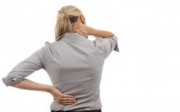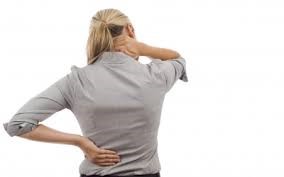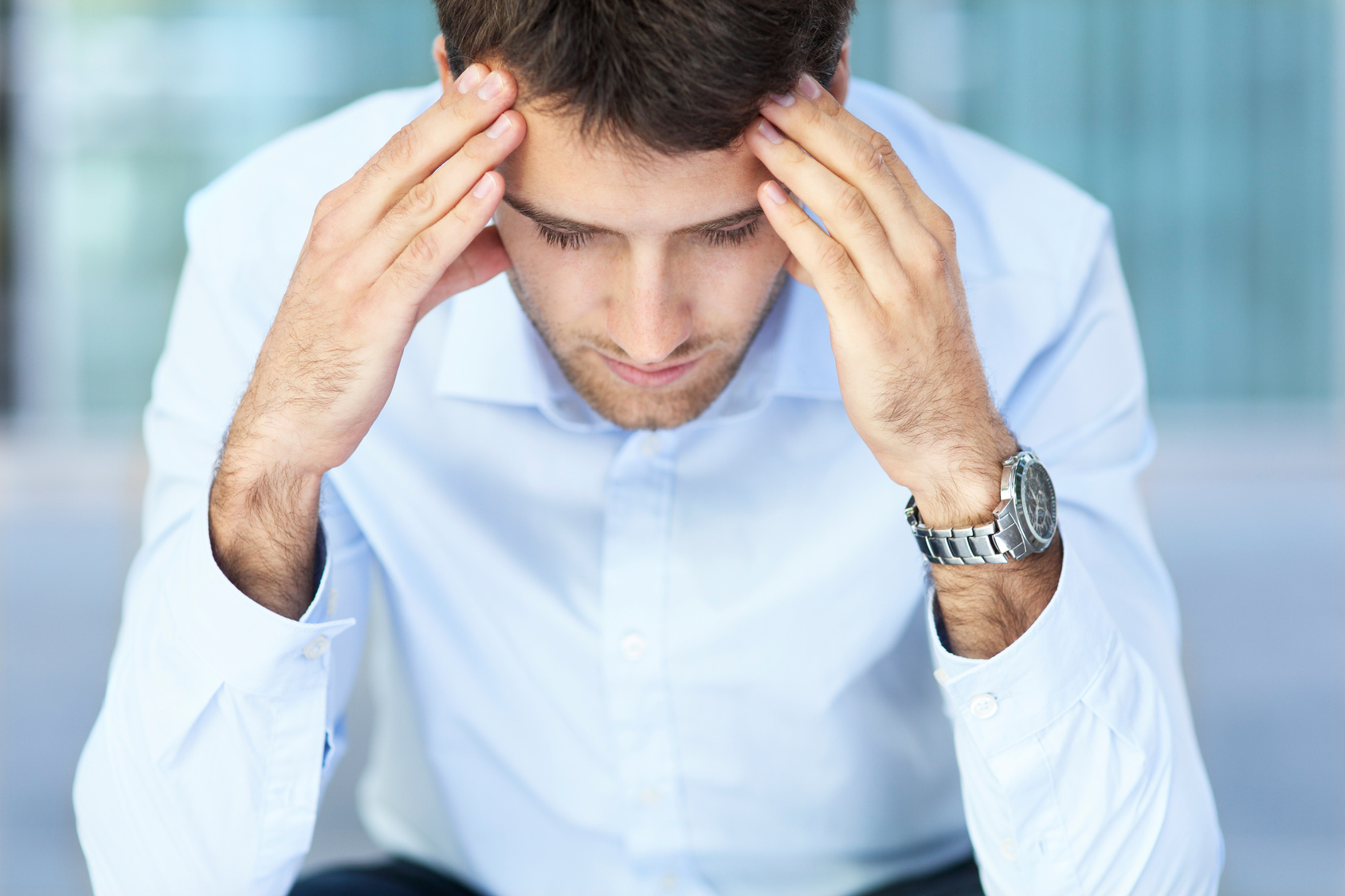Working from home doesn’t have to feel like working from home
Ergonomics
Are you feeling those niggles in the neck or back more since working from home? Let’s examine how our working environment at home may be contributing to this. Many of us have had to set up an ad hoc home office using the kitchen or dining table and chairs designed for eating a meal rather than extended periods of working and having to focus on a screen. Technology means we often find ourselves looking down to our devices, leading to neck and back strain. If you are using a laptop for work try elevating your laptop on a couple of thick cooking books and seperate your keyboard by a bluetooth keyboard. The top of the screen should be just above eye height. Consider amalgamating your phone apps such as What’s App onto your computer desktop to limit phone use.
To Sit or Stand
In the near future I will explore this topic comprehensively in another blog. The basic idea is to incorporate regular movement. Regardless of ideal ergonomic working conditions, long periods of sitting or standing can be detrimental to your health and wellbeing. What is apparent is the concept of interrupting sedentary positions by regularly changing positions. Have a look at solutions such as the sit stand platforms by Varidesk which turns your existing desk or kitchen bench top into a variable position desk with a click of a button
Try what works for your specific situation. Aim to sit or stand many times throughout your day, for example, take phone calls standing. There is a saying that “your best posture is your next posture’. So a seat with a back or without isn’t that important as much as regularly changing positions. However, if your situation requires you to sit more than you stand, then a chair that supports your back is recommended.
Breaks
Schedule regular minibreaks and a lunch break. Allow for some time in your working day to be exposed to the outside sun. This will help improve your sleep and potentially offset some of the blue light exposure at night. Offer your eyes a broader canvas than just what is an arm’s length away.
Exercise
Working from home offers opportunities for brief moments of exercise. For example while on hold on a call, do 20 squats. Between completion of tasks, bookend it with 20 downward dogs to cobra on the floor. The evidence is very clear when it comes to the detrimental effects of lack of regular exercise on our body and mind.
Blue light
There is emerging but conflicting evidence on the effects of the artificial light from screens negatively affecting our sleep due to inhibiting melatonin, the hormone that regulates our circadian rhythms. The take home message here is to have daily exposure to outside daylight and limit screen exposure for at least 1 hour before your head hits the pillow.



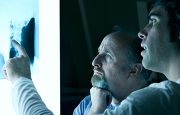
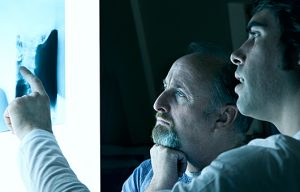 Do you really need an MRI for your back pain?
Do you really need an MRI for your back pain?